China launched a group of 18 communications satellites from the Taiyuan Satellite Launch Center in Shanxi province on Tuesday evening, deploying the second batch of equipment in the Spacesail Constellation network into orbit.
Developed by Shanghai-based satellite maker Genesat, the plate-shaped satellites were carried by a Long March 6A rocket that blasted off at 7:06 pm and soon arrived in their preset orbit.
Previously known as the G60 network, the Spacesail Constellation network will provide high-speed, secure and reliable broadband internet services to users around the world, and is designed to consist of more than 10,000 satellites traveling in low-altitude orbits before the end of 2030, according to Spacesail, the network's operator in Shanghai.
The first 18 Spacesail Constellation satellites were designed and built by the Chinese Academy of Sciences' Innovation Academy for Microsatellites in Shanghai and were launched by a Long March 6A rocket from the Taiyuan spaceport in early August.
According to a project plan, 648 satellites will have been launched into orbit before the end of 2025 to form the first version of the Spacesail Constellation network, which has been called by some observers as China's answer to SpaceX's Starlink system.
The Long March 6A rocket model was developed by the Shanghai Academy of Spaceflight Technology as a medium-lift launch vehicle. It consists of a 50-meter, liquid-propelled core booster and four solid-fuel side boosters. The core booster has a diameter of 3.35 meters and is propelled by two 120-metric-ton-thrust engines burning liquid oxygen and kerosene.
The rocket has a liftoff weight of 530 tons and is tasked with transporting satellites to multiple orbits, including sun-synchronous, low-Earth and intermediate circular orbits.
In another development, China launched a remote-sensing satellite on Wednesday morning for Earth observation purposes.
The Gaofen 12E was carried by a Long March 4C rocket that lifted off at 7:45 am at the Jiuquan Satellite Launch Center in the northwestern Gobi Desert and successfully arrived in its orbit.
Remote sensing satellites refer to those tasked with observing, surveying and measuring objects on land or at sea as well as monitoring weather.
Developed by the Shanghai Academy of Spaceflight Technology, the Gaofen 12E will obtain images and data to be used in land mapping, urban construction planning, agricultural yield forecasting and disaster prevention and mitigation.
China launched the Gaofen program in May 2010 and listed it as one of the 16 national important projects in science and technology. The program has established a massive space-based system with more than 30 satellites in active service.
Images and data from the Gaofen satellites have been widely used by thousands of research bodies and enterprises in dozens of industries across China and have helped reduce the country's dependence on foreign remote-sensing products.
The Long March 4C, also a product of the Shanghai academy, has a liftoff weight of 250 tons and is mainly used to send satellites to sun-synchronous orbit. It is capable of transporting satellites with a combined weight of 3 tons to a typical sun-synchronous orbit 700 kilometers above the Earth.









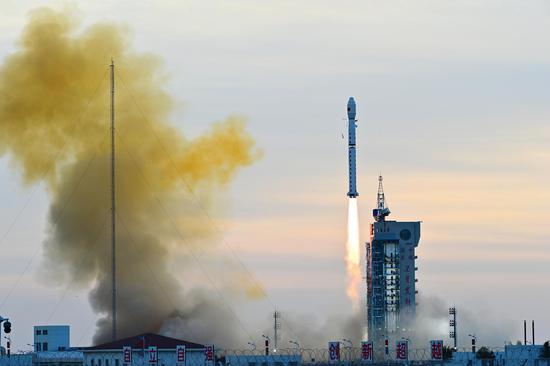



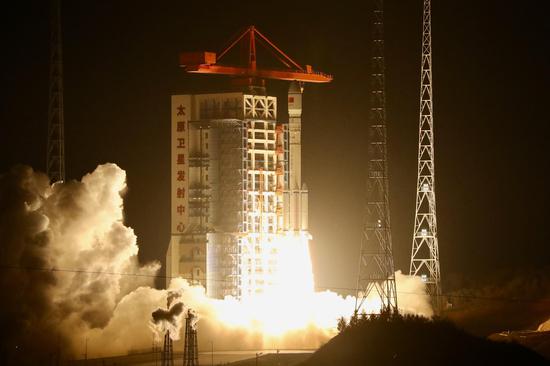
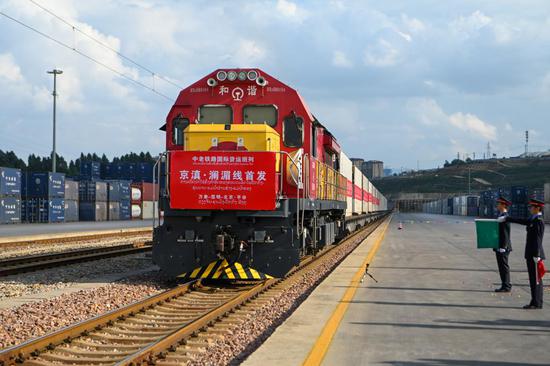






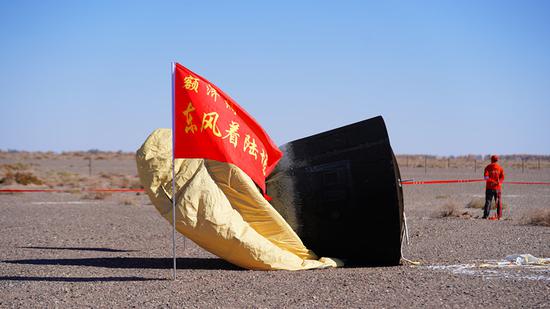
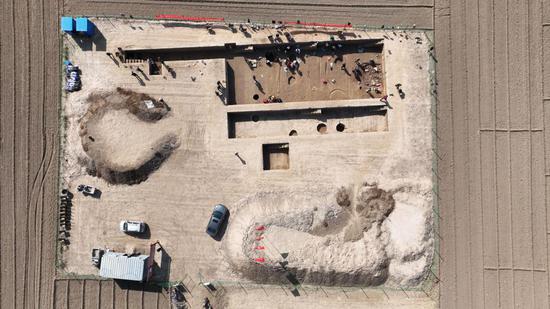



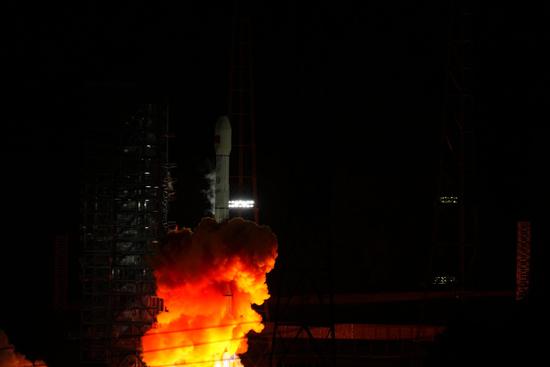

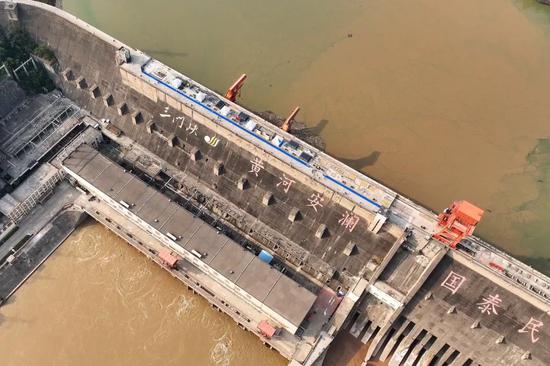





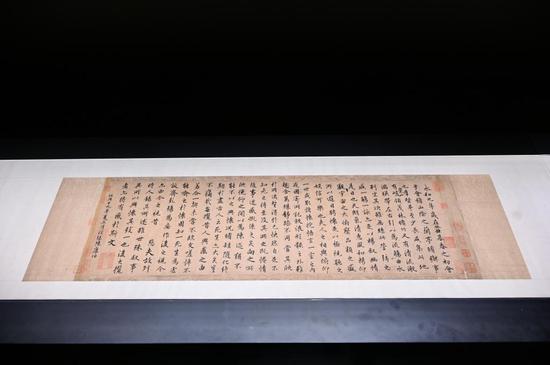







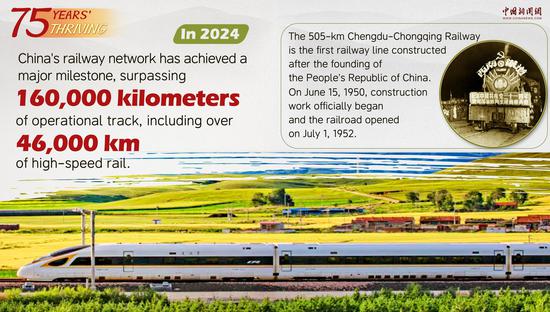







 京公網安備 11010202009201號
京公網安備 11010202009201號